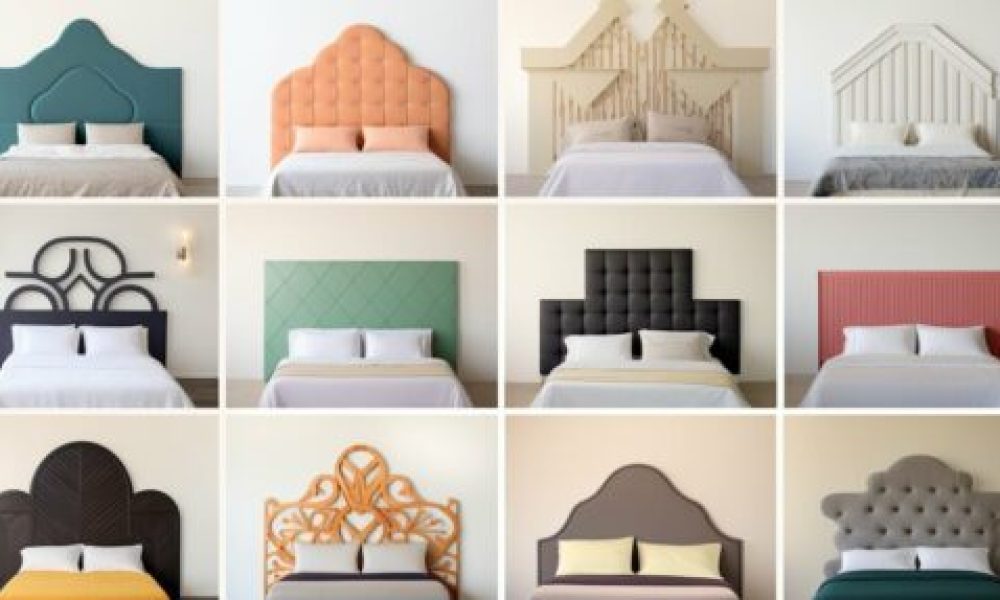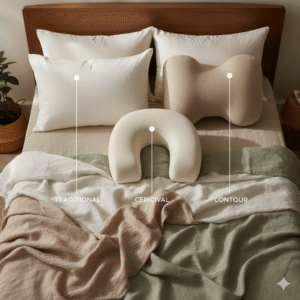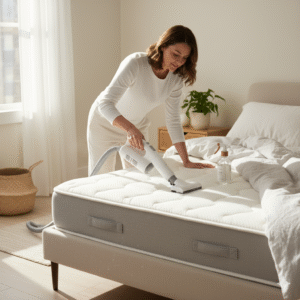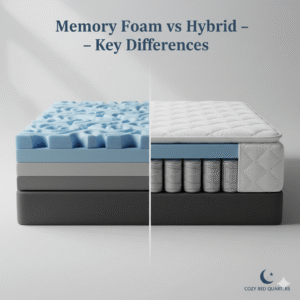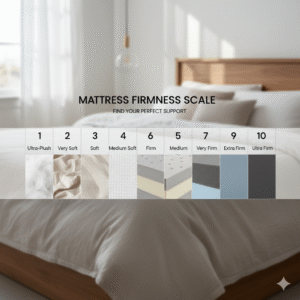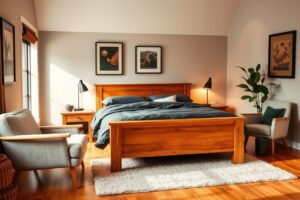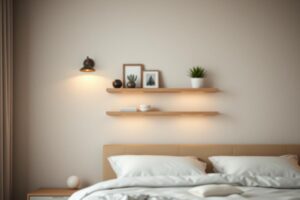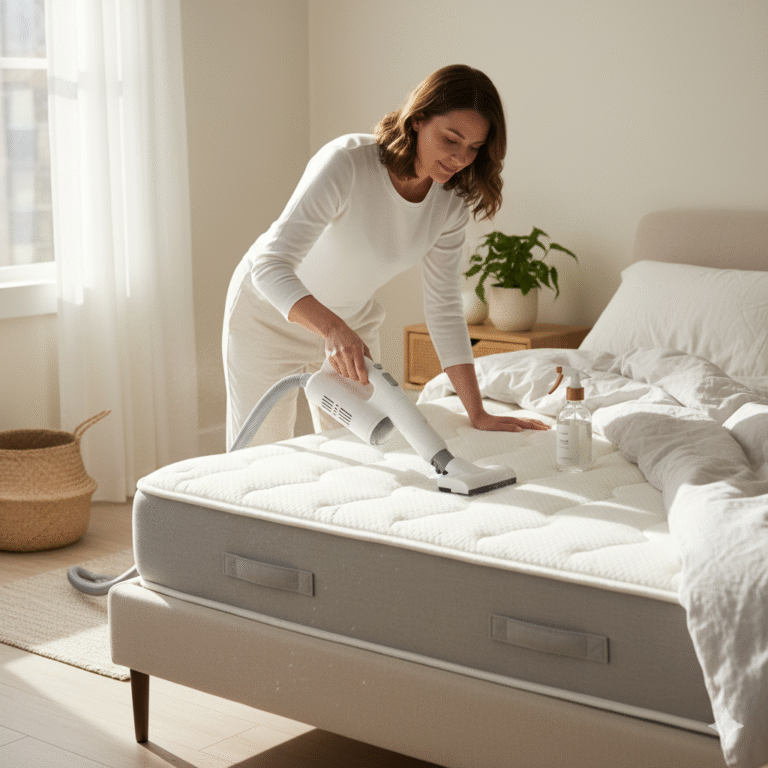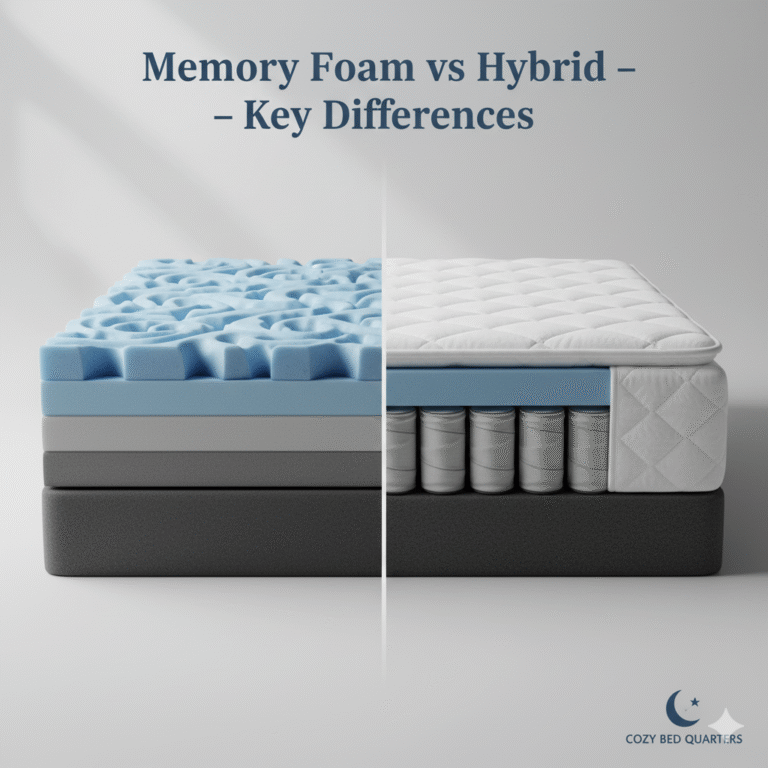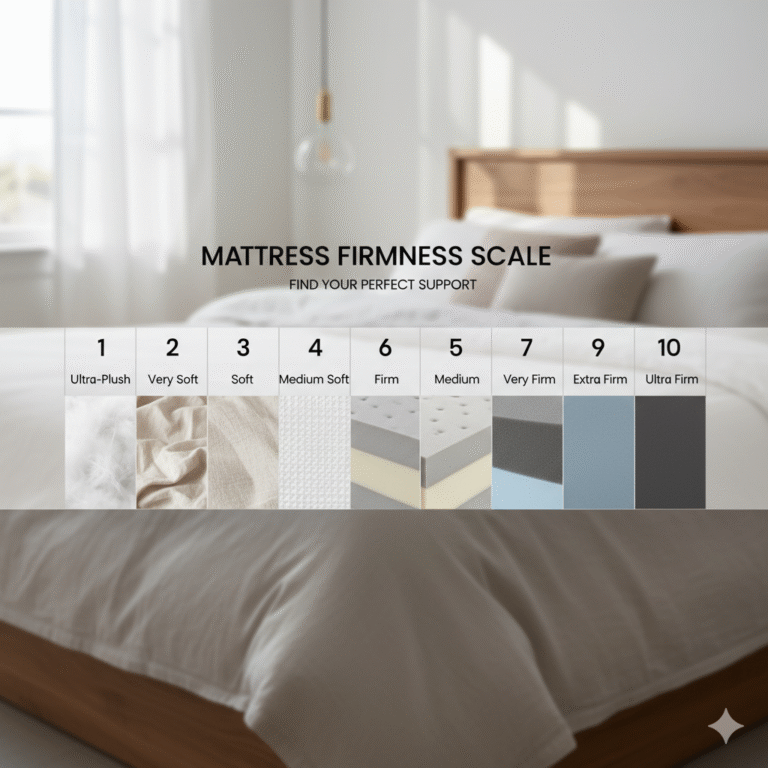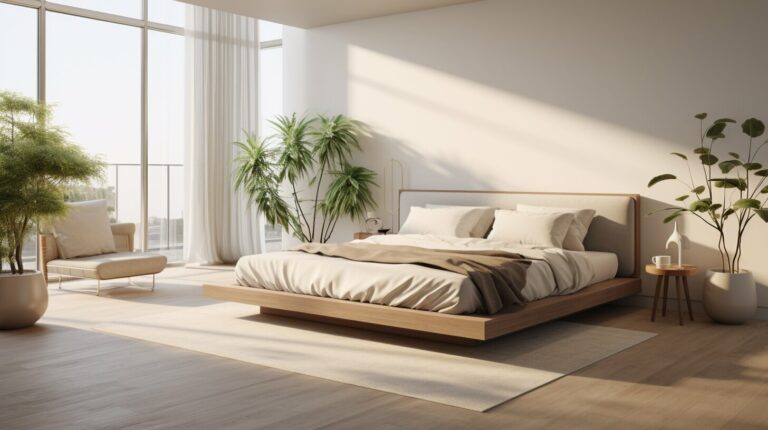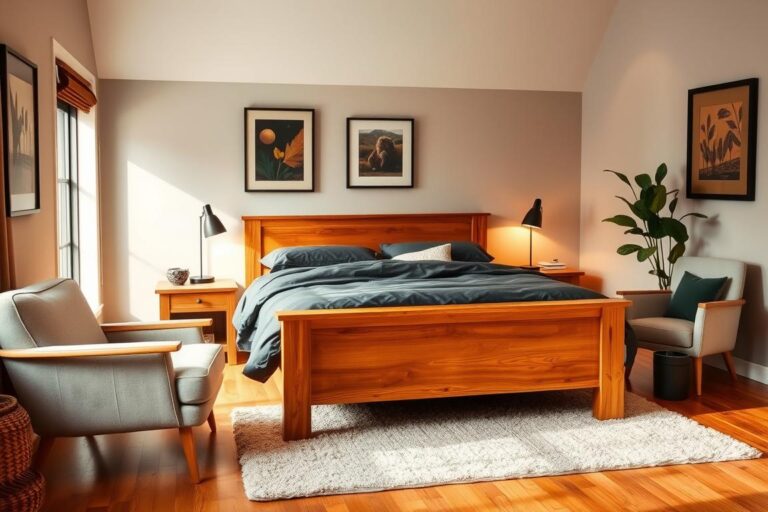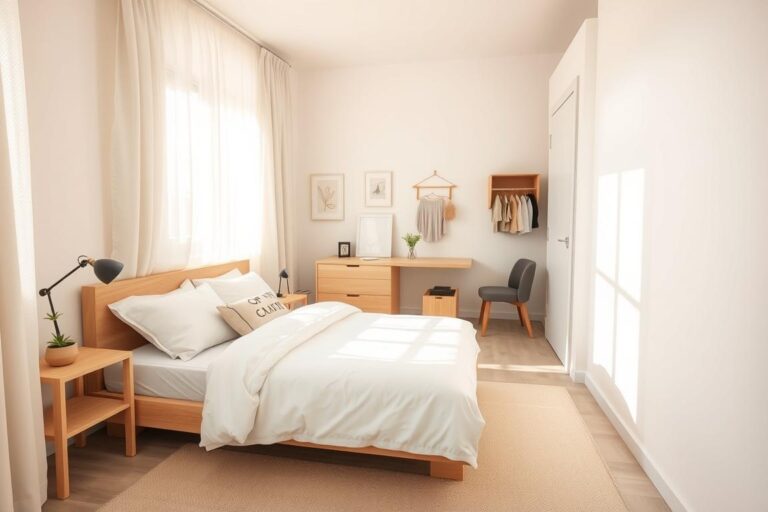Headboard Designs: Timeless Styles in Traditional Bed Décor
Discover how the right headboard designs can instantly elevate your bedroom aesthetic by combining historic charm, craftsmanship, and comfort in one statement piece.
Key Takeaways on Headboard Designs
- Headboard designs serve both aesthetic and functional roles, reflecting personal and cultural identity.
- Materials like oak, velvet, and wrought iron shape the mood and longevity of your bedroom design.
- Modern features such as storage and lighting enhance traditional headboards’ utility.
- Blending tradition with innovation creates timeless yet practical bedroom pieces.
- Explore sustainable and versatile materials for eco-conscious style choices.
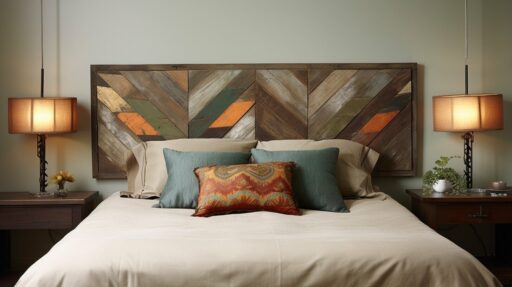
What Makes Headboard Designs Essential?
Headboard designs are more than decorative—they offer support, style, and historical significance. They serve as focal points in bedroom decor and reflect cultural traditions and craftsmanship.
Cultural & Historical Roots
Throughout history—from Egyptian tombs to Renaissance estates—intricately carved headboards projected wealth, status, and spiritual symbolism. For example, in medieval Europe, a grand headboard made from solid oak or walnut was a hallmark of nobility, often passed down through generations. Today, they still hold emotional value, especially when styled in a way that echoes personal or cultural identity. Learn more about heritage in home decor from our article on bedroom memory and design connections.
Comfort & Practical Value
Modern upholstered headboards provide plush comfort, preventing head bumps and enabling cozy reading or lounging, while wooden designs offer durability and timeless appeal. Some even incorporate smart storage or reading lights, blending functionality with comfort for today’s busy lifestyles. For expert sleep environment tips, check out advice from the Sleep Foundation.
Takeaway: Headboards aren’t just stylish; they’re historically rich and highly functional, setting the tone for comfort and culture in your bedroom.
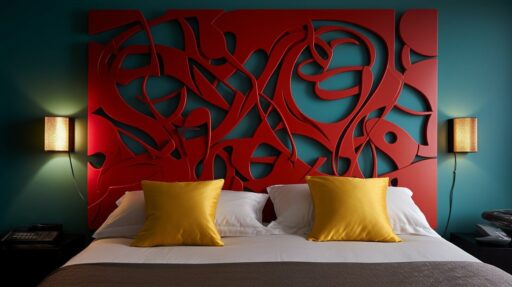
Materials & Craftsmanship Behind Stylish Headboards
Your choice of material defines both the look and longevity of your headboard design. From rustic reclaimed wood to elegant tufted velvet, materials can transform the ambiance of your sleeping space.
Premium Woods
- Oak: Known for its strength and grain pattern, great for classic or rustic styles.
- Mahogany: Offers a rich, reddish tone ideal for luxurious traditional designs.
- Walnut: Smooth and dark, perfect for mid-century or minimalist themes.
- Cherry: Ages beautifully, transitioning from light to deep red over time.
Modern options often include sustainably sourced or reclaimed wood, aligning with eco-conscious home trends. For sustainable decor tips, explore our guide to eco-friendly bedding.
Upholstery Elegance
- Velvet: Adds a plush, dramatic feel, especially in jewel tones.
- Linen: Light, breathable, and perfect for relaxed or coastal themes.
- Leather or Faux Leather: Offers a sleek, masculine edge that’s easy to clean.
Look for stain-resistant or removable covers for added practicality, especially in homes with pets or kids. The Architectural Digest upholstery guide is a helpful resource.
Unique & Traditional Materials
- Wrought Iron: Adds antique elegance, particularly in vintage or farmhouse bedrooms.
- Wicker and Cane: Light, airy, and trending in boho and natural-themed interiors.
Takeaway: Whether you love the charm of wood or the softness of fabric, the right material can elevate both the comfort and style of your bedroom.

Blending Tradition with Modern Trends
Today’s headboard designs often blend classic motifs with contemporary features, creating versatile pieces that suit any space. This fusion keeps the charm of old-world design alive while meeting modern needs.
Design Fusion
Imagine a Victorian-inspired wood headboard reimagined in matte black, or a minimal Scandinavian panel accented with embroidered fabric. These designs honor tradition while adding current-day relevance. Our wall decor guide offers complementary styling tips.
Function-Driven Features
Built-in reading lights, USB charging ports, and hidden storage are becoming common features. For instance, some headboards now include pull-out trays or touch-sensitive night lights, ideal for small apartments or tech-savvy users.
Takeaway: The modern revival of traditional styles gives you the best of both worlds—heritage design with contemporary utility.
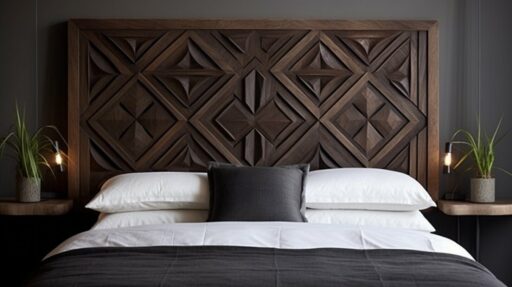
FAQ
- What materials are best for a traditional headboard?
- Solid woods like oak, mahogany, and walnut offer durability and historical appeal.
- Are upholstered headboards suitable for traditional decor?
- Yes, especially when using classic fabrics like velvet or linen in traditional tones.
- How can I blend old and new styles in a headboard?
- Look for designs that use traditional shapes with modern materials or tech features.

